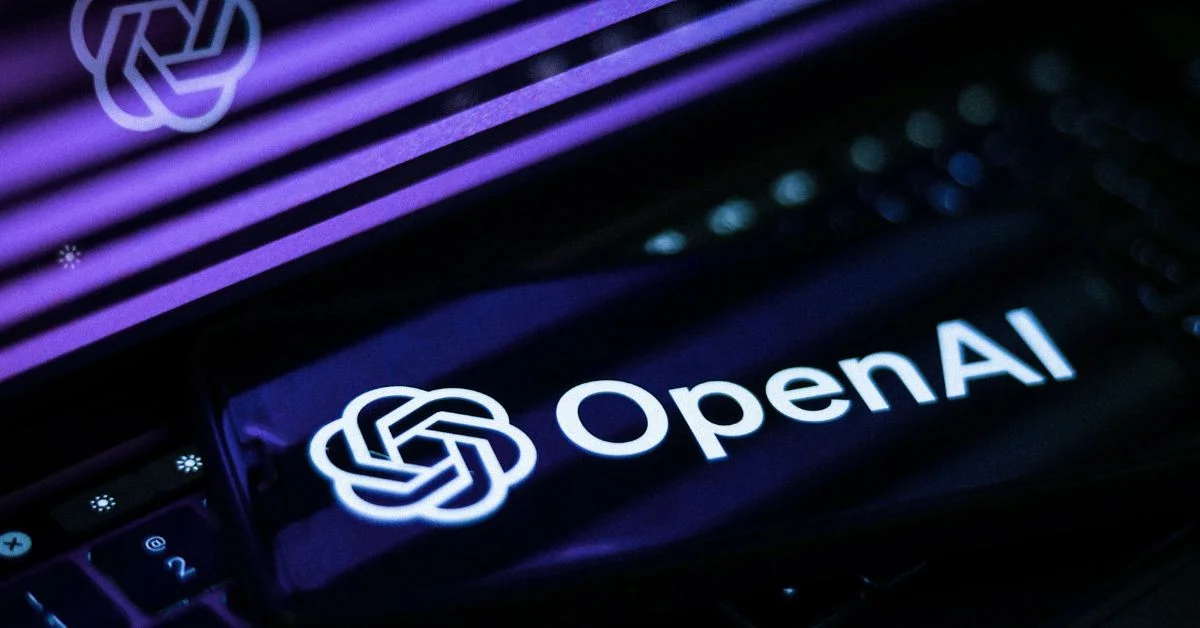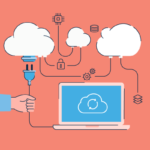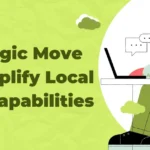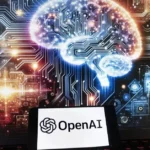As AI continues to evolve and generate increasingly sophisticated content, the conversation around intellectual property rights and AI-authored works has gained significant momentum. OpenAI’s call for copyright protection for AI-generated content signals a pivotal moment in acknowledging the creative output produced by AI systems and the need to establish ownership and attribution guidelines.
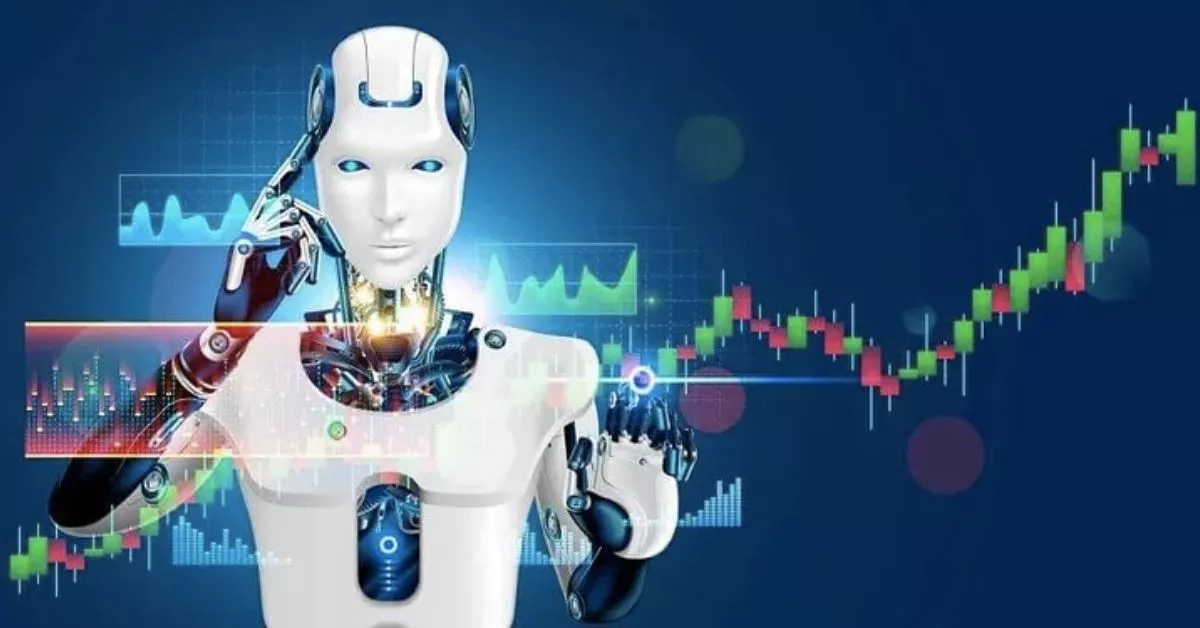
The Rise of AI-Generated Content:
AI has demonstrated remarkable capabilities in creating art, music, literature, and other creative works that rival human-generated content. From algorithmically composed music to AI-authored articles and visual artworks, the quality and sophistication of AI-generated content have reached levels where distinguishing between human and AI authorship can be challenging.
Challenges in Attribution and Ownership:
Attributing authorship and establishing ownership for AI-generated content pose significant challenges. The absence of clear guidelines leads to ambiguity regarding intellectual property rights. OpenAI’s call for copyright protection aims to address this gap by advocating for frameworks that recognize AI as a creator and grant it copyright protection for its creations.
The Case for Legal Recognition:
Advocates for AI copyright protection argue that denying copyright to AI-generated works undermines the creative contributions of AI systems. They posit that AI, as a tool capable of independent creativity within programmed parameters, should be granted legal recognition akin to human-authored content. Doing so acknowledges AI’s role as a creator in the creative process.
Balancing Innovation and Ownership Rights:
Establishing copyright protection for AI-generated content presents a balancing act between fostering innovation and safeguarding ownership rights. While encouraging AI-driven creativity, it also ensures that creators—whether human or AI—are recognized and protected under existing intellectual property laws.
Implications for Creativity and Collaboration:
Granting copyright protection to AI-generated content could influence the dynamics of creative collaborations. It encourages the responsible use of AI while fostering a more equitable relationship between AI systems and their human counterparts. This recognition could stimulate new forms of collaborative creation where AI serves as a creative partner, amplifying human ingenuity.
Addressing Ethical and Legal Frameworks:
OpenAI’s call for copyright protection raises ethical considerations surrounding AI’s creative autonomy and responsibility. Defining boundaries, ethical guidelines, and legal frameworks that account for AI’s creative contributions while respecting human authorship and intent becomes imperative in shaping a fair and ethical landscape for AI-generated content.
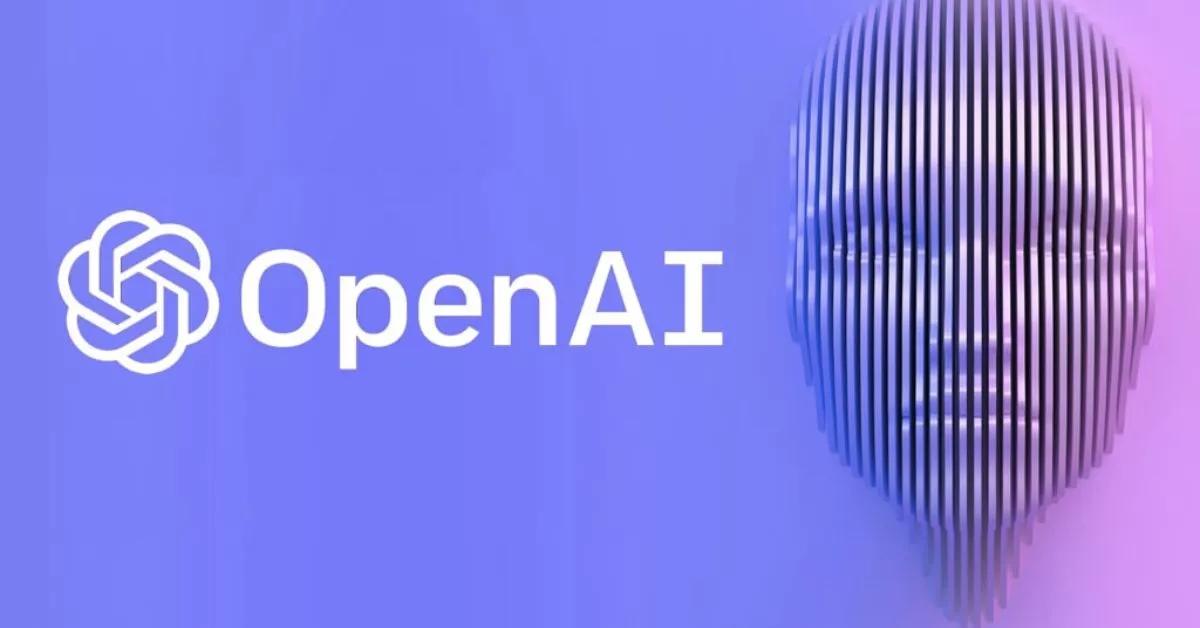
Future Implications and Considerations:
As AI’s capabilities continue to advance, the need to establish comprehensive frameworks for AI-authored content becomes increasingly urgent. Addressing issues of ownership, attribution, fair use, and ethical considerations in AI-generated content lays the groundwork for a future where AI contributes to creative endeavors while respecting established intellectual property rights.
Conclusion:
OpenAI’s advocacy for copyright protection for AI-generated content illuminates the evolving landscape of intellectual property rights in the era of AI. Balancing innovation with ownership rights, establishing legal recognition for AI creativity, and addressing ethical considerations are crucial steps in fostering a framework that acknowledges and respects the contributions of AI in the realm of creative content.
This perspective highlights OpenAI’s call for copyright protection for AI-generated content, emphasizing the need to recognize AI as a creator and establish frameworks that safeguard intellectual property rights while navigating the complexities of AI’s role in creative endeavors.
